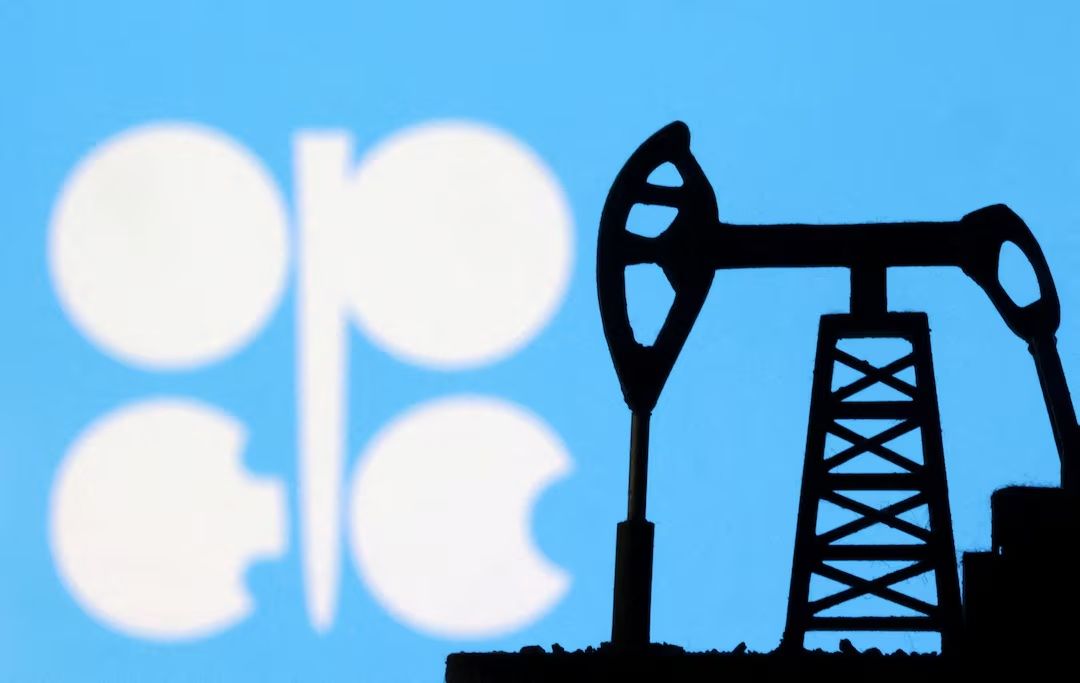PETALING JAYA: Downside risks to global oil prices remain despite oil producing countries under the Organisation of the Petroleum Exporting Countries together with non-members commonly known as Opec+ deciding to pause further production increases in the first quarter of 2026 (1Q26).
Opec+ agreed to increase production in December by 137,000 barrels per day in a meeting last Sunday, following similar increases in October and November, although the production increases have slowed down since October.
Since this April, production has increased by 2.9 million barrels per day accounting for 2.7% of global oil production.
MBSB Research said oil producers have decided to pause further increases in 1Q26 as a proactive approach to manage the market and protect prices from growing concerns over oversupply.
“Looking ahead, downside risks are expected to persist due to an increasing supply surplus that demand may struggle to absorb fully,” it said.
The research house noted that historically, the first quarter of the year has been the weakest for oil prices.
“Oil supply is projected to rise by an additional 2.4 million barrels per day in 2026. This excess supply is anticipated to come from both non-Opec and Opec+ producers, with each group increasing production by 1.2 million barrels per day.
“On the demand side, growth is expected to be modest, with only a 700,000 barrels per day increase projected for 2026.
Economic growth in major oil-consuming countries like China and India is expected to decline that year,” it said, projecting China’s growth to drop to 4.2% in 2026 from 4.8% this year while India’s rate would decrease to 6.2% in 2026 from 6.6%.
Global economic growth has also been projected by the International Monetary Fund to be 3.1%, down one percentage point from projections for 2025.
It expects Brent crude to trade between US$60 and US$65 a barrel next year.
It has also maintained a “neutral” recommendation on the oil and gas sector.
It pointed out that prices may be supported despite the supply-demand imbalance through China’s stockpiling efforts, a possible reduction in Russian product supplies because of US sanctions, new European Union restrictions on importing products derived from Russian oil and refinery capacity closures.
Brent crude advanced last Sunday following the decision from a five-month low amid increased US sanctions on Russia raising concerns of the supply outlook from the country, a major crude producer and exporter, Bloomberg reported.
It was range-bound in trading at the US$65 level at press time.
